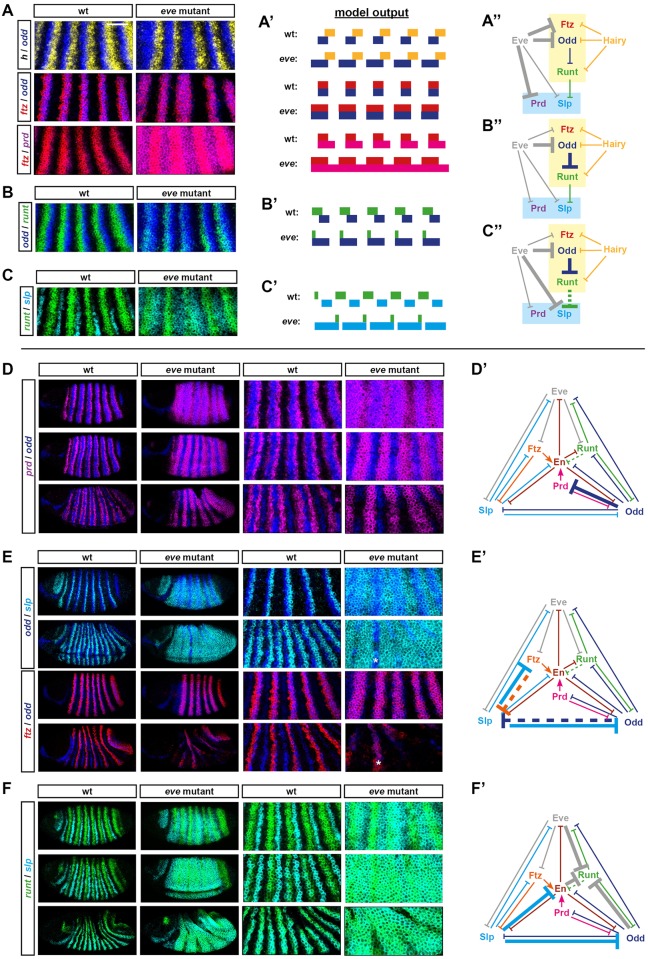Fig 7. Aetiology of the eve mutant phenotype.
(A–C) “Early” effects. (A–C) Double FISH images of pair-rule gene expression in cellularisation stage wild-type and eve mutant embryos. Enlarged views of stripes 2–6 are shown (anterior left, dorsal top). Scale = 50 μm. For whole embryo views and single channel views, see S5 Fig. (A′–C′) Predicted transcriptional output of these genes from “wild-type” and “eve mutant” simulations (compare T32 in Fig 2B and 2C). (A″–C″) Regulatory interactions relevant to the aberrant expression patterns in eve mutants are highlighted on the early pair-rule network (bold arrows). Eve and its regulatory effects, which are absent from the mutant embryos, are shown in grey. (A) Eve normally represses ftz, odd, and prd. In eve mutant embryos, all 3 genes are ectopically expressed: the ftz and odd stripes expand anteriorly, and prd is expressed ubiquitously rather than in stripes. These expression changes are recapitulated by the simulation. (B) Eve normally indirectly regulates runt expression by repressing its repressor, Odd. In eve mutant embryos, odd expression expands anteriorly (see A), resulting in a down-regulation of the runt stripes, except at their anterior margins (S5 Fig). This effect is recapitulated in a discrete manner by the simulation. (C) Eve normally regulates slp in 2 ways: (1) by repressing it directly, and (2) by repressing it indirectly via indirectly maintaining the expression of its repressor, Runt (see B), via direct repression of odd (see A). In eve mutant embryos, slp is expressed fairly ubiquitously rather than in narrow stripes. This expansion is evident in the simulated expression, but see legend of S5 Fig for discussion of differences between the real and simulated patterns. (D–F) “Late” effects. Double FISH images of pair-rule gene expression in wild-type and eve mutant embryos over the course of gastrulation. For each set of images, each row compares a wild-type and a mutant embryo of roughly equal age (age increases from top to bottom). Both whole embryo views (anterior left, dorsal top) and enlarged views of stripes 2–6 are shown. For single channel views, see S5 Fig. (D′–F′) Regulatory interactions that explain the observed pattern maturation are highlighted on the late network (bold arrows). (D) Odd represses prd in the late network, and so prd expression is lost from cells in which odd and prd expression initially overlap. In wild-type embryos, the odd primary stripes overlap the centres of the prd pair-rule stripes, which therefore split in two. In eve mutant embryos, broad odd stripes are overlain on initially aperiodic prd expression, which therefore resolves into a pair-rule pattern. (E) There is mutual repression between Slp and Ftz/Odd in the late network (E′). (Note that the repression from Slp appears to be stronger than the reciprocal repression from Ftz and Odd.) In wild-type embryos, Slp causes the primary stripes of both odd and ftz to narrow from the posterior (where they overlap the slp primary stripes). In eve mutant embryos, Slp is broadly expressed, causing general repression of odd and ftz. Note that expression of both odd and ftz persists in stripe 3 (asterisks), in which there is a corresponding gap in the slp expression domain. (F) In the late network, slp and runt are regulated similarly, and Slp represses all of the repressors of runt (i.e., eve, odd, and en). Consequently, runt and slp take on almost identical expression patterns. In wild-type embryos, the 2 genes become expressed in coincident segmental stripes. In eve mutant embryos, early broad expression of slp allows runt to also become ubiquitously expressed. Note that the slp domain later resolves into a pair-rule pattern (perhaps due to repression from residual Ftz protein). Abbreviations: en, engrailed; eve, even-skipped; FISH, fluorescent in situ hybridization; ftz, fushi tarazu; odd, odd-skipped; prd, paired; slp, sloppy-paired.

